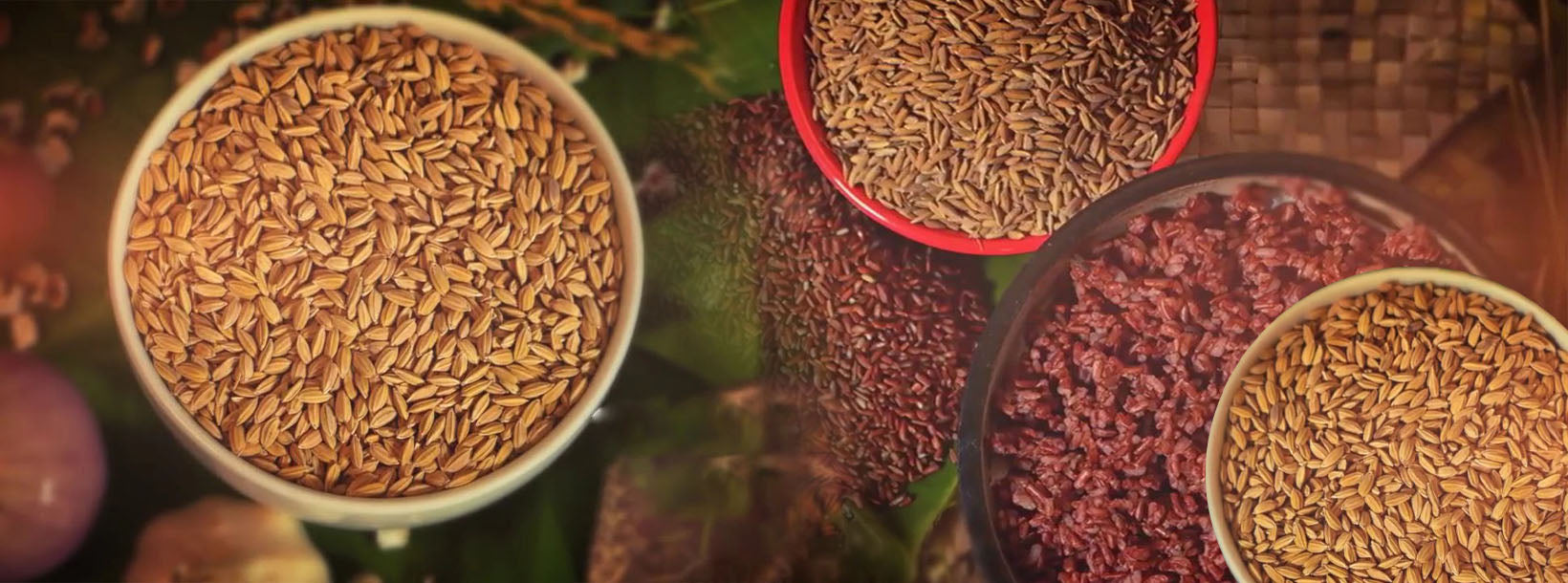
Riso tradizionale
La coltivazione del riso ha una lunga e parallela relazione con la storia e la cultura del Paese: lo Sri Lanka ha praticato uno stile di vita basato sull'agricoltura negli ultimi 3 millenni. Secondo le prove raccolte attraverso la storia scritta e l'archeologia, la coltivazione del riso sull'isola risale al periodo compreso tra il 900 e il 600 a.C.
Riso tradizionale
In Sri Lanka il riso viene coltivato fin dal 800 a.C. ed è ulteriormente supportato da imponenti strutture di irrigazione risalenti al 390 a.C. Durante questo periodo, Sri Lanka era conosciuta come il granaio dell'Est e si riporta l'esistenza di circa 2000 varietà indigene di riso. All'inizio del XX secolo erano state documentate circa 567 varietà tradizionali di riso. Queste varietà si erano adattate a diverse ecologie di coltivazione del riso nelle zone montuose e nelle pianure del paese attraverso l'evoluzione naturale e la selezione involontaria dei nostri antenati.
Poiché le varietà tradizionali erano mescolate a causa della negligenza dei governanti stranieri, negli anni '20 del 1900 gli scienziati del Dipartimento dell'Agricoltura adottarono un processo di purificazione e raccomandarono linee pure per la coltivazione; le varietà tradizionali attuali sono principalmente il risultato di queste linee pure. Queste varietà avevano una sufficiente diversità per adattarsi ai diversi ambienti di coltivazione del riso e alle preferenze dei consumatori. Pertanto, le varietà tradizionali di riso possiedono un'adattabilità specifica piuttosto che un'adattabilità generale.
La maggior parte delle varietà ha un lungo periodo di maturazione di 4-6 mesi dalla semina al raccolto. Poche varietà avevano un periodo di maturazione di 2½ a 3½ mesi. La maggior parte delle varietà tradizionali di riso è rossa e solo poche hanno il pericarpo bianco. Alcune varietà tradizionali sono altamente sensibili al fotoperiodo e fioriscono solo quando sono esposte a giorni corti nel mese di dicembre, per cui possono essere coltivate solo durante la stagione maha nel paese. L'architettura tradizionale delle piante è molto primitiva, con culmi alti e deboli che tendono a piegarsi durante la coltivazione. L'indice di raccolto delle varietà tradizionali è inferiore a 0,3, il che indica che il contenuto di biomassa è superiore alla quantità di grani prodotti da una pianta, portando a rese scarse. Nelle varietà tradizionali sono state riportate adattabilità specifica, resistenza agli stress abiotici e resistenza o suscettibilità singola a parassiti e malattie principali.
Le proprietà nutrizionali e medicinali di queste varietà sono riconosciute nella conoscenza tradizionale dello Sri Lanka. Tali proprietà sono diverse e includono la capacità di migliorare il sistema immunitario, la forza fisica e la forza sessuale, facilitare la digestione, l'escrezione e ridurre le tossine nel corpo, utilizzate per trattare febbre, diabete, stitichezza, problemi urinari, obesità, tubercolosi, ematemesi (vomito di sangue) e trattare persone avvelenate dal veleno di serpente. Ricerche condotte negli ultimi anni hanno scientificamente convalidato alcune di queste affermazioni tradizionali e hanno chiaramente dimostrato che il riso tradizionale dello Sri Lanka, in particolare il riso rosso, possiede proprietà medicinali benefiche contro infiammazioni, diabete, cancro, malattie neurologiche, colesterolo e stress ossidativo. Pertanto, l'uso e l'applicazione di queste preziose risorse genetiche tradizionali o indigene di riso nel paese possono migliorare efficacemente lo stato nutrizionale e sanitario della popolazione dello Sri Lanka. Inoltre, la grande diversità esistente nelle varietà tradizionali di riso richiede la loro conservazione e il loro utilizzo per ulteriori miglioramenti al fine di soddisfare le esigenze future di riso e può anche fornire soluzioni ai problemi agricoli e ambientali nel paese e nel mondo. Pertanto, preserviamo il nostro tesoro di varietà tradizionali di riso evolute naturalmente per essere utilizzate per la sicurezza alimentare e ambientale futura.
Download:
-
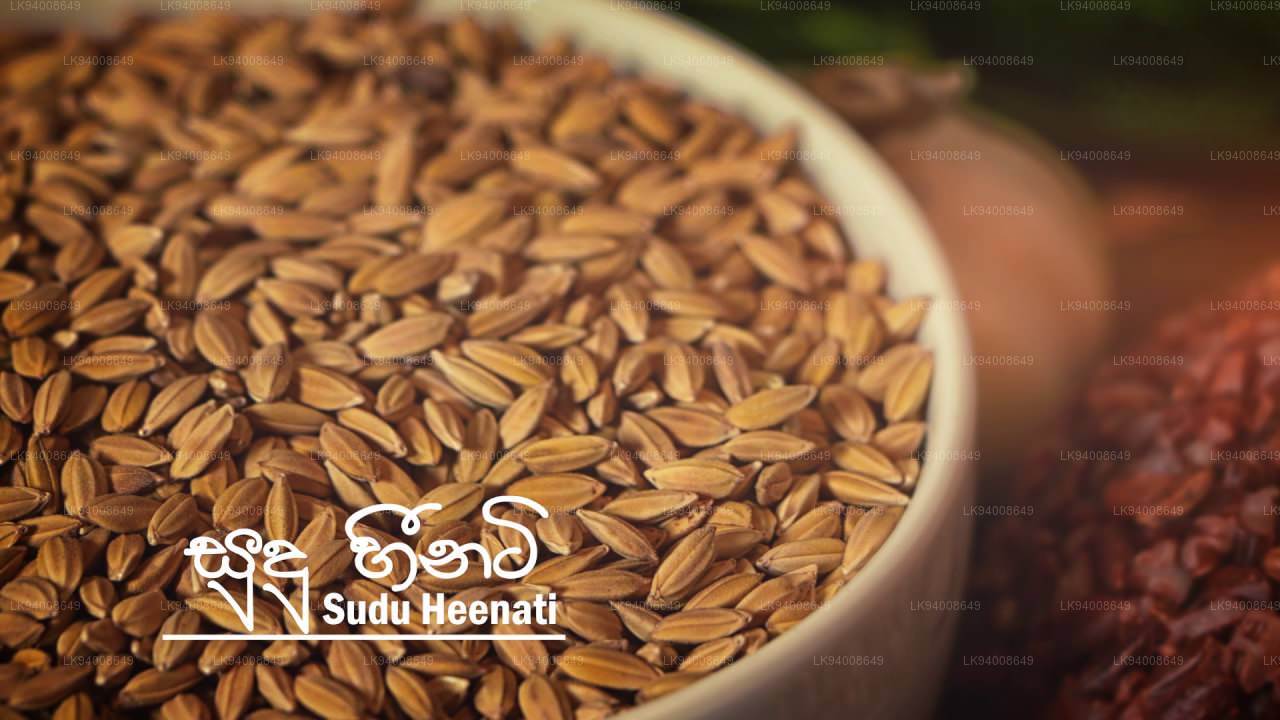 Sudu Heeneti
Sudu HeenetiA small white heirloom rice variety, Sudu Heeneti is highly nutritious, rich in antioxidants, and ideal for traditional Sri Lankan medicinal diets. It has a soft texture and mild, earthy flavor.
-
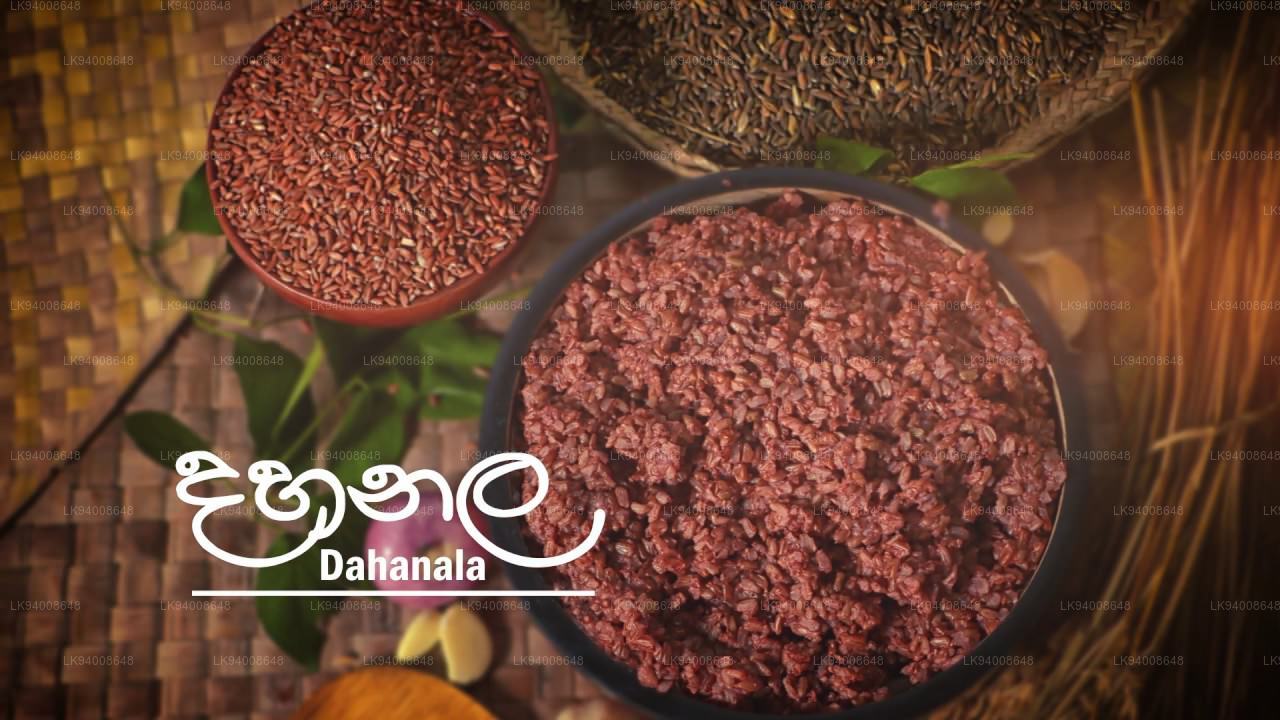 Dahanala
DahanalaIl Dahanala è un riso tradizionale raro e ricco di nutrienti, dal colore rossastro. È apprezzato per l'elevato contenuto di fibre e il sapore delicato e dolce, che lo rendono perfetto per porridge e pasti salutari.
-
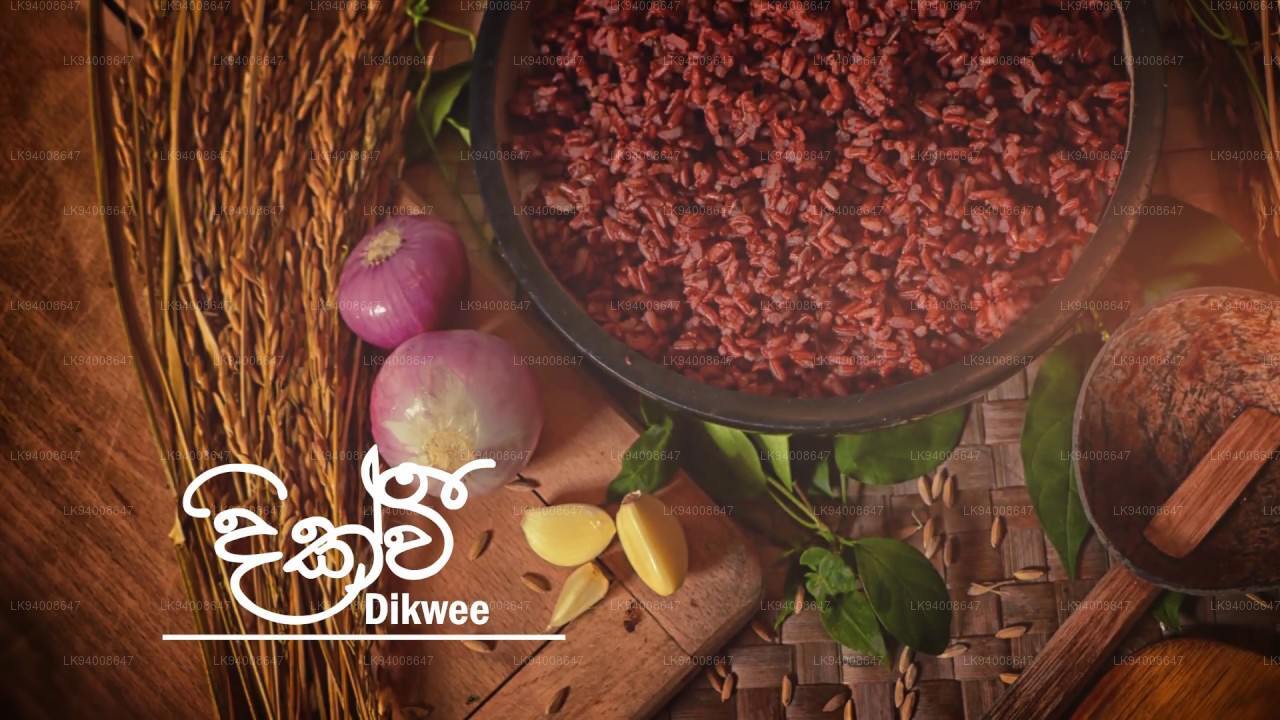 Dik Wee
Dik WeeIl Dik Wee è una varietà di riso rosso a chicco medio, tradizionalmente coltivata in Sri Lanka. La pianta raggiunge un'altezza massima di 150 cm. Questa coltura può essere raccolta entro 4-4 mesi e mezzo dalla semina.
-
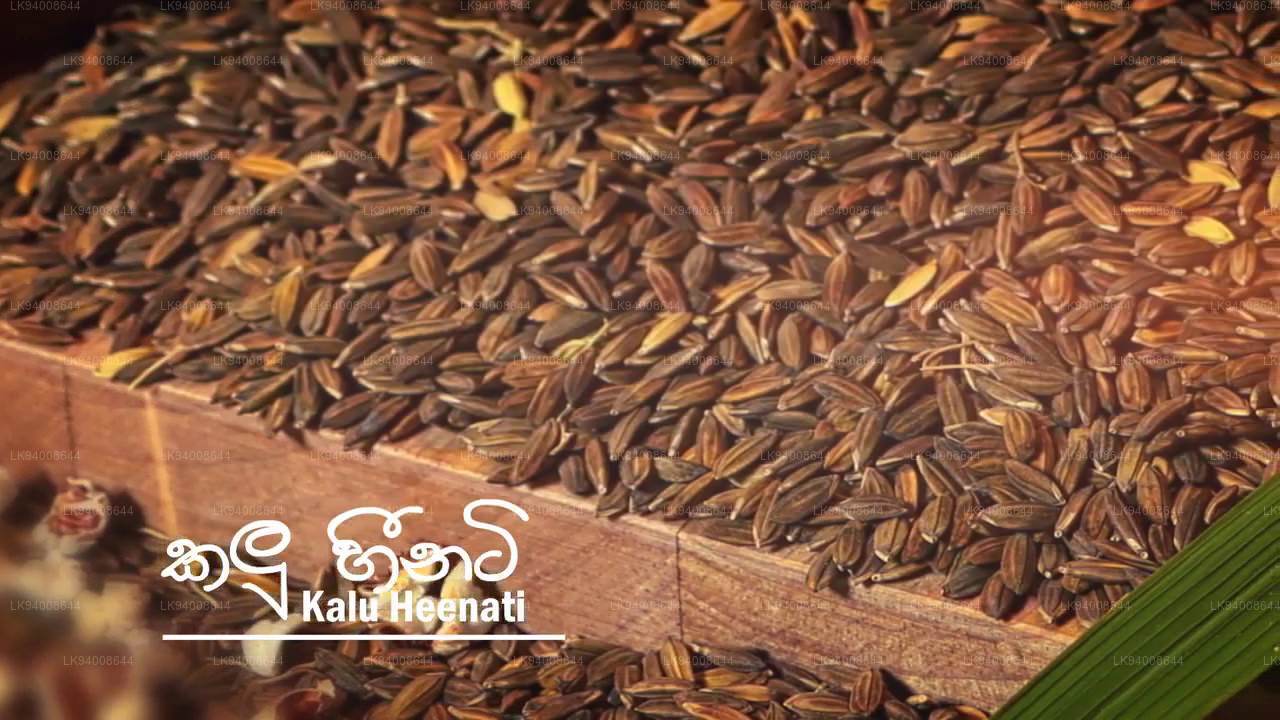 Kalu Heeneti
Kalu HeenetiQuesta varietà di riso è chiamata Kalu Heeneti per il colore del suo lemma e palea che diventano nerastri a maturazione. È tradizionalmente coltivata in Sri Lanka e produce un chicco rosso di medie dimensioni. La pianta si sviluppa fino a un'altezza massima di 120 cm.
-
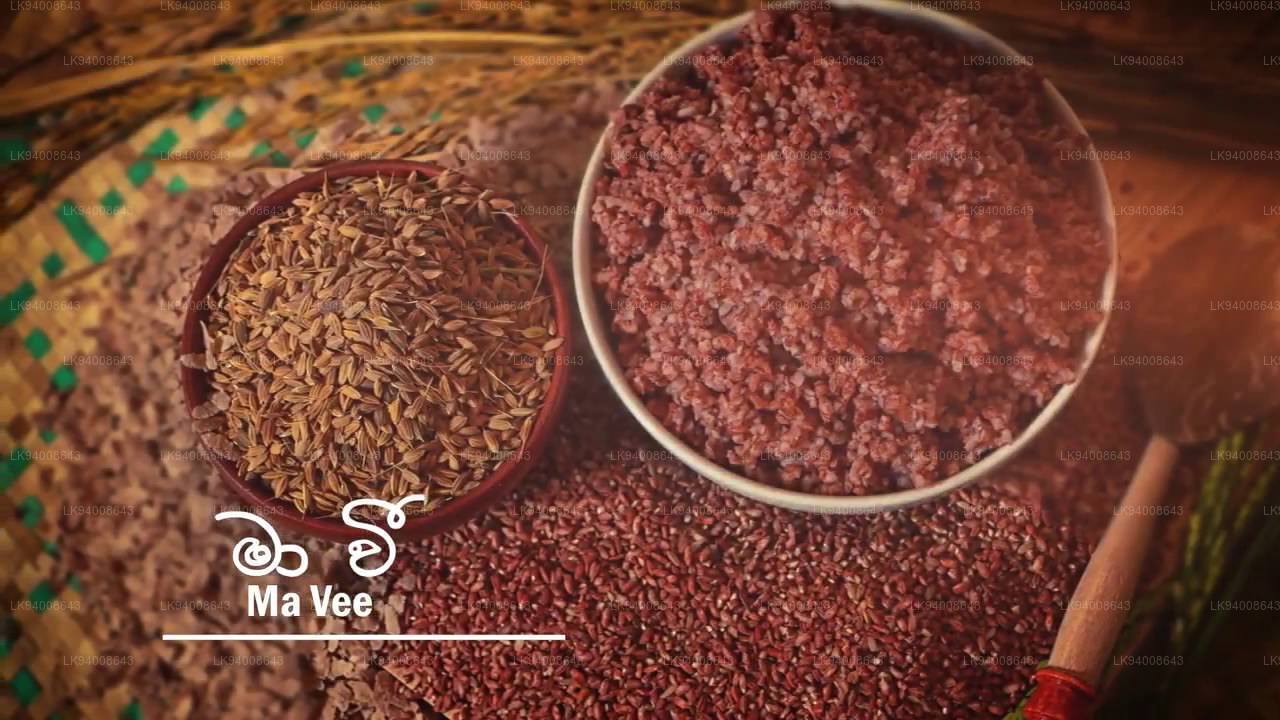 Ma Wee
Ma WeeIl Ma Wee è una varietà di riso rosso tradizionalmente coltivata in Sri Lanka. Il chicco varia per dimensioni e forma, da varietà corte e rotonde a varietà lunghe e di medie dimensioni. È una delle piante di riso più alte coltivate e raggiunge un'altezza massima di 350 cm.
-
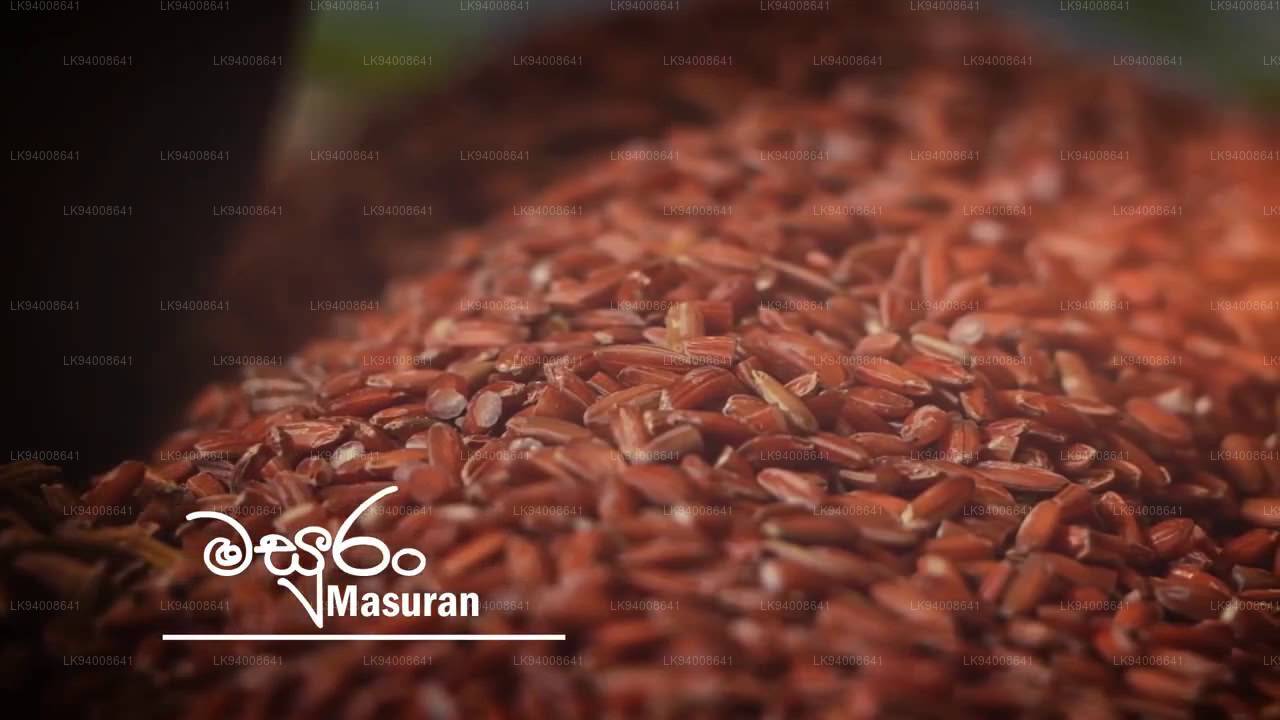 Masuran
MasuranIl Masuran è una popolare varietà di riso rosso a grana media, tradizionalmente coltivata in Sri Lanka. La pianta raggiunge un'altezza massima di 120 cm ed è resistente all'allettamento. Questa coltura può essere raccolta entro 3 mesi e mezzo dalla semina durante la stagione Yala ed entro 4 mesi e mezzo nella stagione Maha.
-
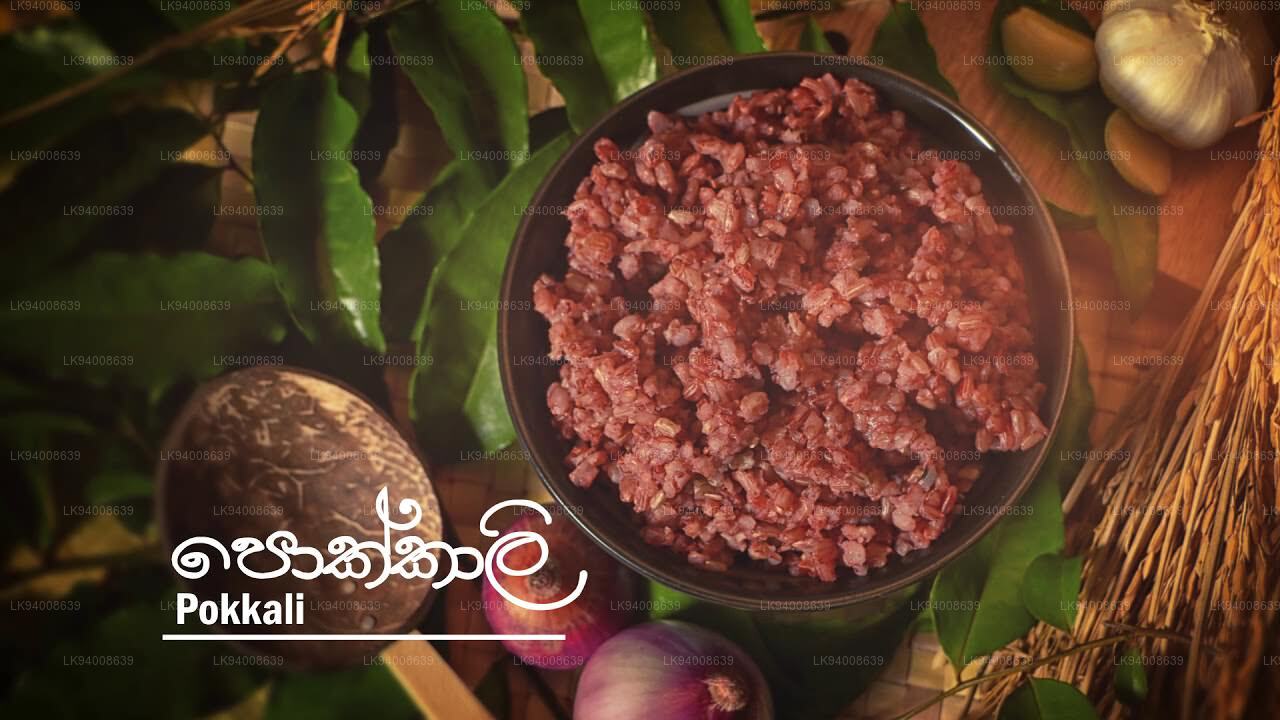 Pokkali
PokkaliIl Pokkali è una popolare varietà di riso rosso tradizionalmente coltivata in Sri Lanka. Il culmo della pianta è alto circa 130 cm e produce circa 10 germogli per pianta. Questa coltura può essere raccolta entro 3 mesi e mezzo dalla semina.
-
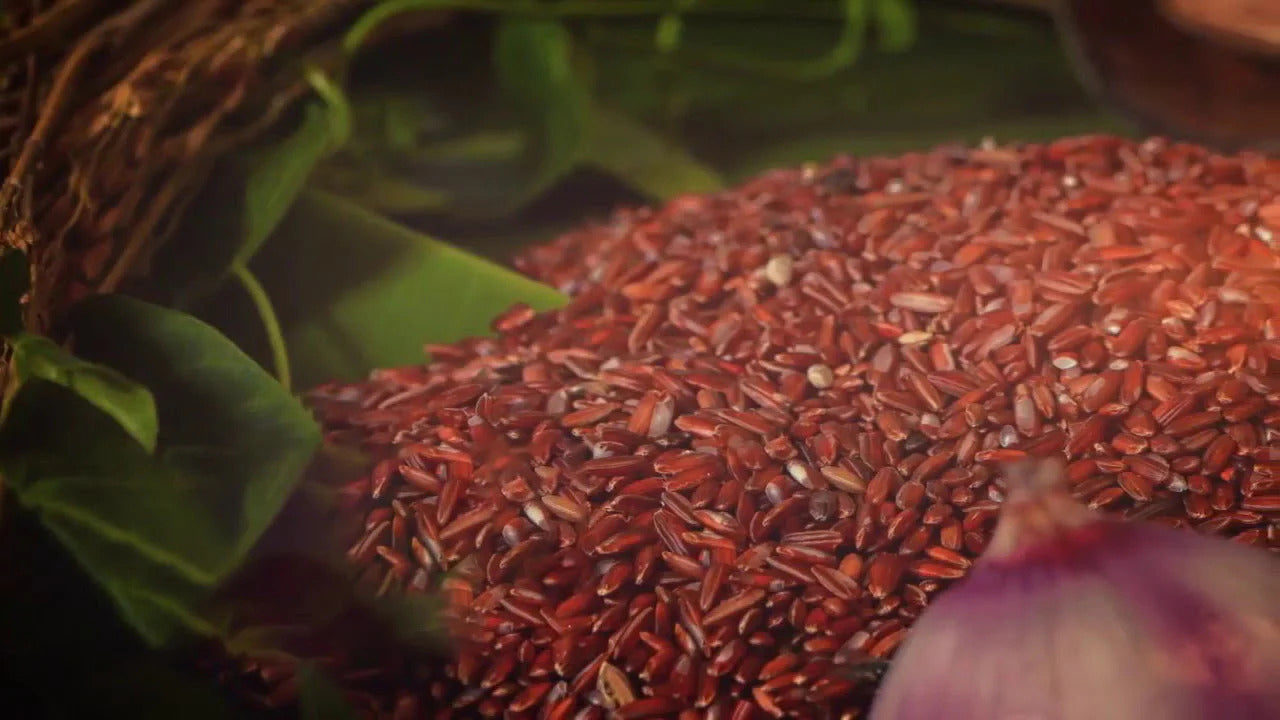 Pachchaperumal
PachchaperumalIl Pachchaperumal è una varietà di riso rosso a chicco medio molto popolare, tradizionalmente coltivata in Sri Lanka. La pianta raggiunge un'altezza massima di 120 cm. Questo raccolto può essere raccolto entro 3 mesi e mezzo dalla semina. A maturazione, il fusto della pianta assume una colorazione bluastra chiara.
-
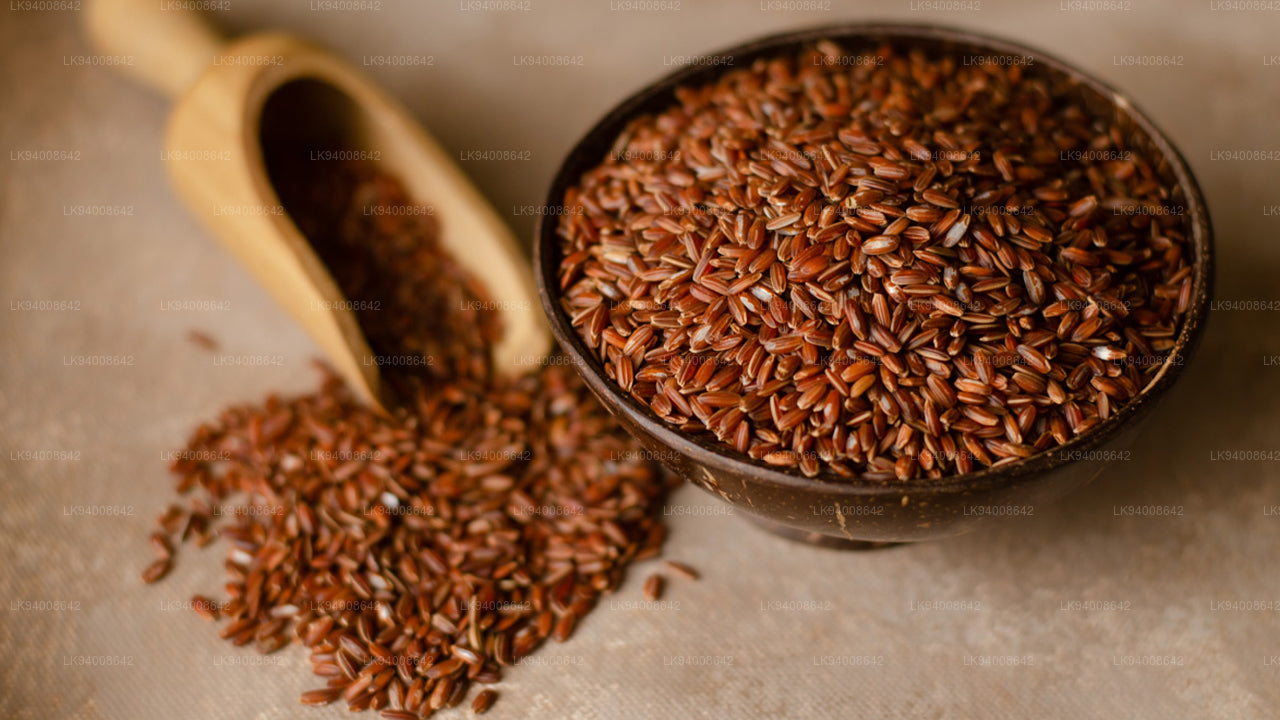 Madathawalu
MadathawaluIl Madathawalu è una varietà di riso rosso a chicco corto molto popolare, tradizionalmente coltivata in Sri Lanka. La pianta raggiunge un'altezza massima di 130 cm. Questa coltura può essere raccolta entro 4 mesi dalla semina.
-
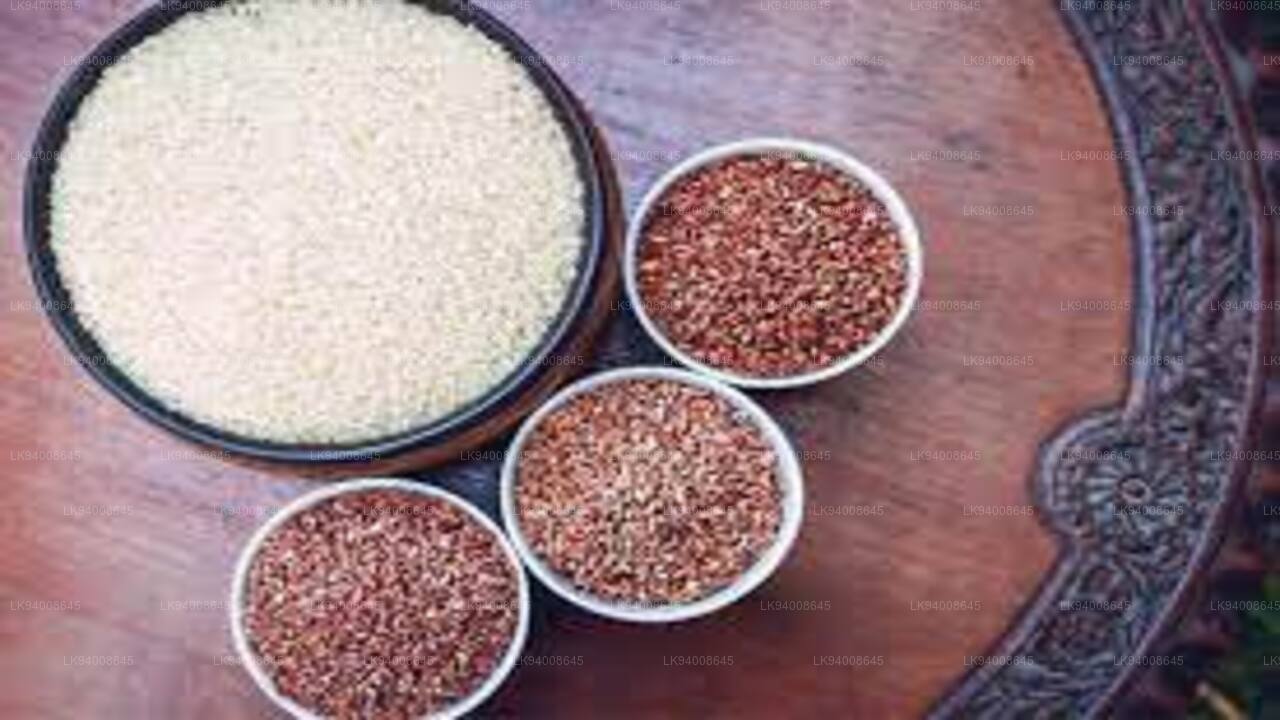 Gonabaru
GonabaruIl Gonabaru è una popolare varietà di riso a chicco medio, tradizionalmente coltivata in Sri Lanka. La pianta raggiunge un'altezza massima di 140 cm. Questa coltura può essere raccolta entro 5 mesi dalla semina.
-
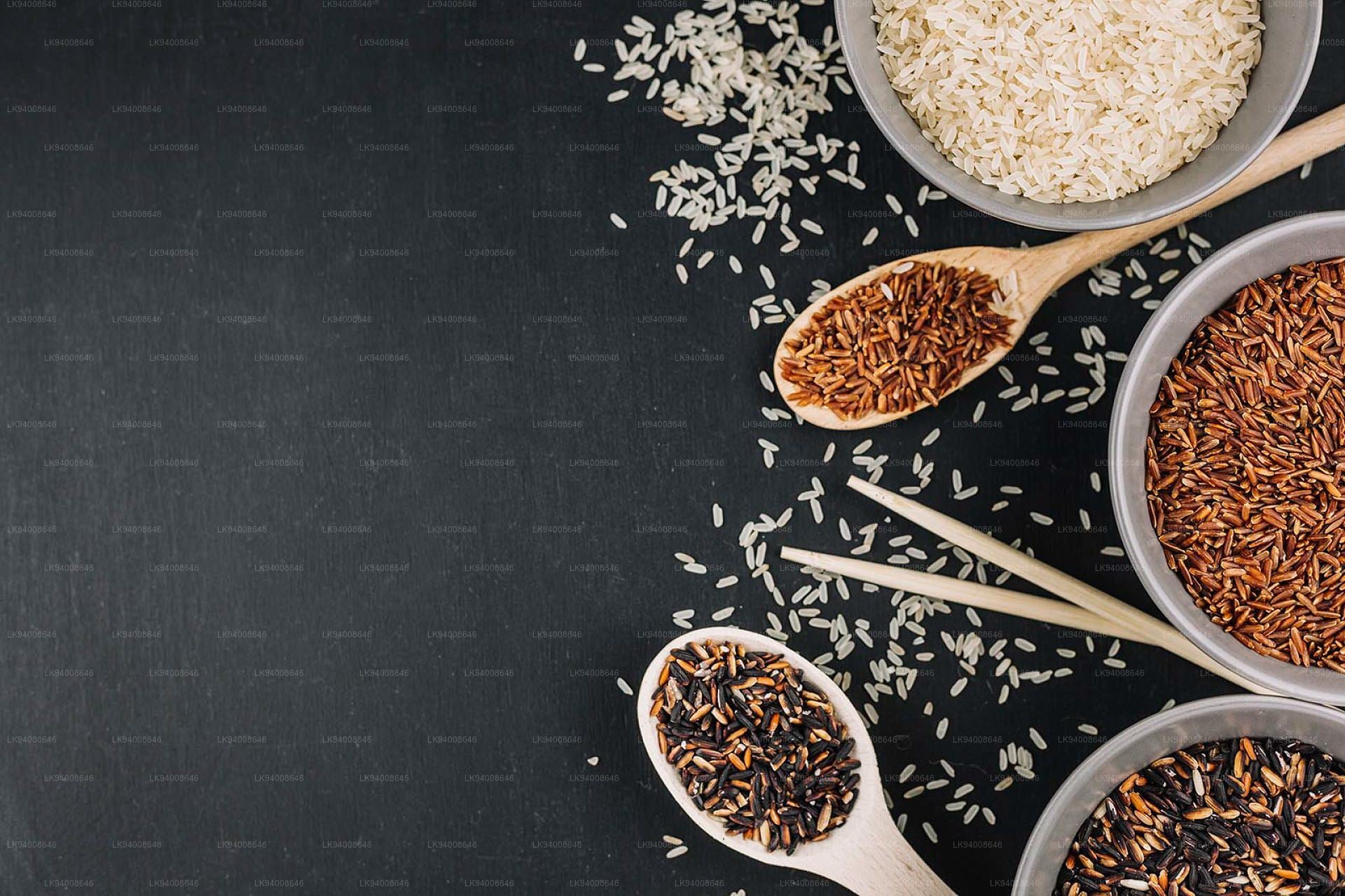 Goda Heeneti
Goda HeenetiGodaheeneti è una popolare varietà di riso rosso a grana media tradizionalmente coltivata in Sri Lanka, che appartiene al tipo heeneti. La pianta si sviluppa fino a un'altezza massima di 160 cm. Questa coltura può essere raccolta entro 3 mesi e mezzo dalla semina.
-
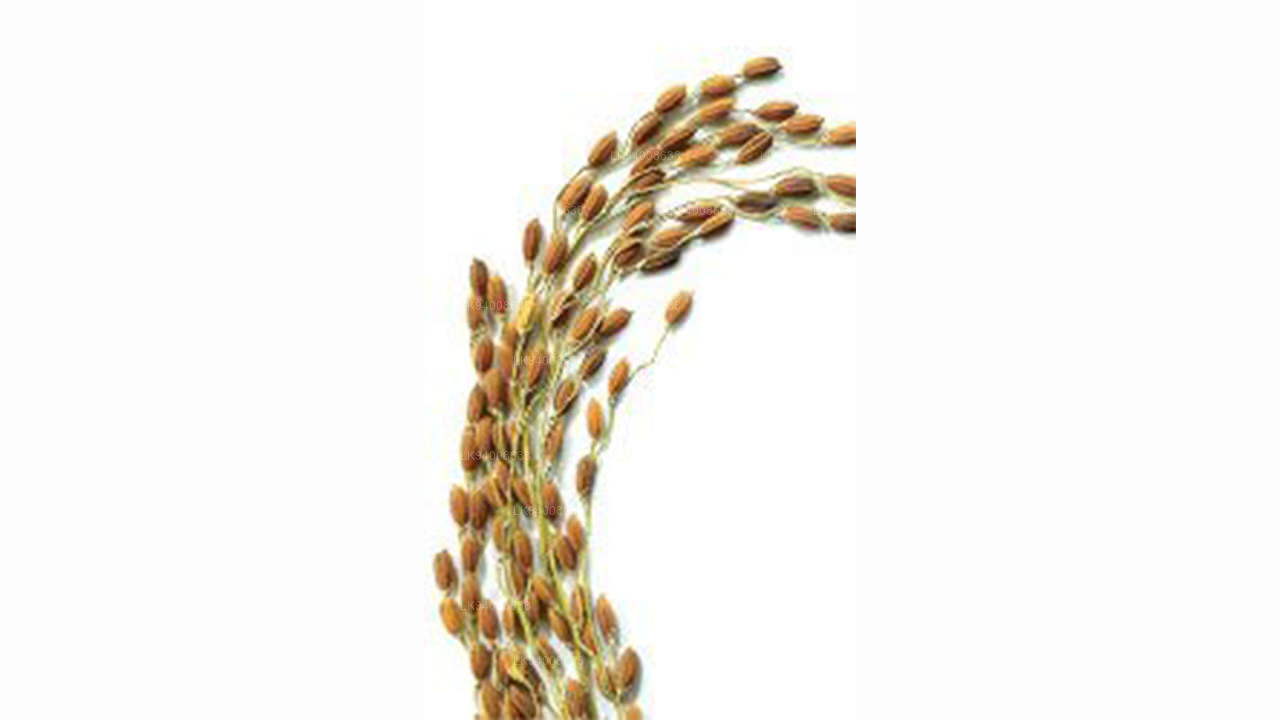 Rath Suwandal
Rath SuwandalIl Rathsuwandal è una popolare varietà di riso rosso a chicco medio, tradizionalmente coltivata in Sri Lanka. La pianta raggiunge un'altezza massima di 120 cm. Questa coltura può essere raccolta entro 3 mesi e mezzo dalla semina.
















